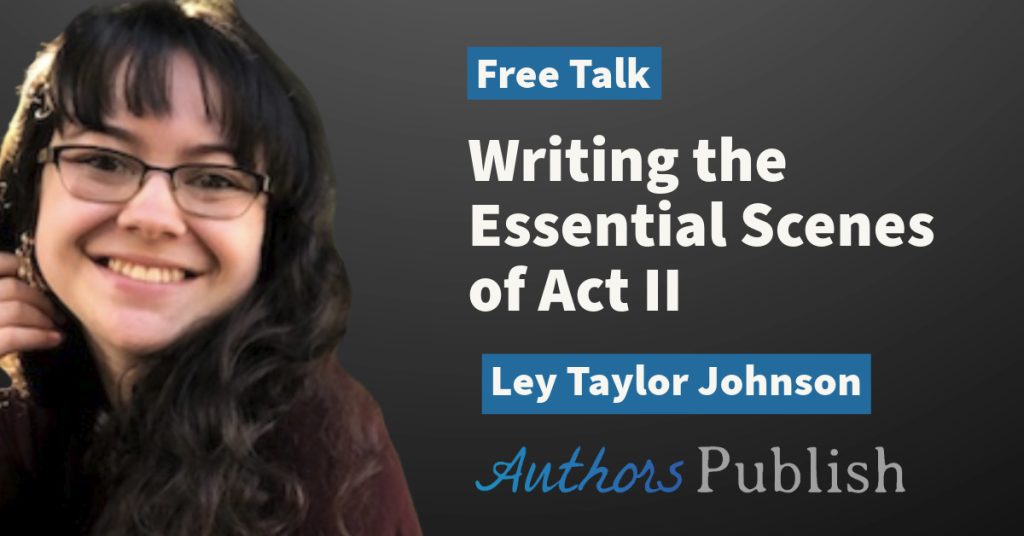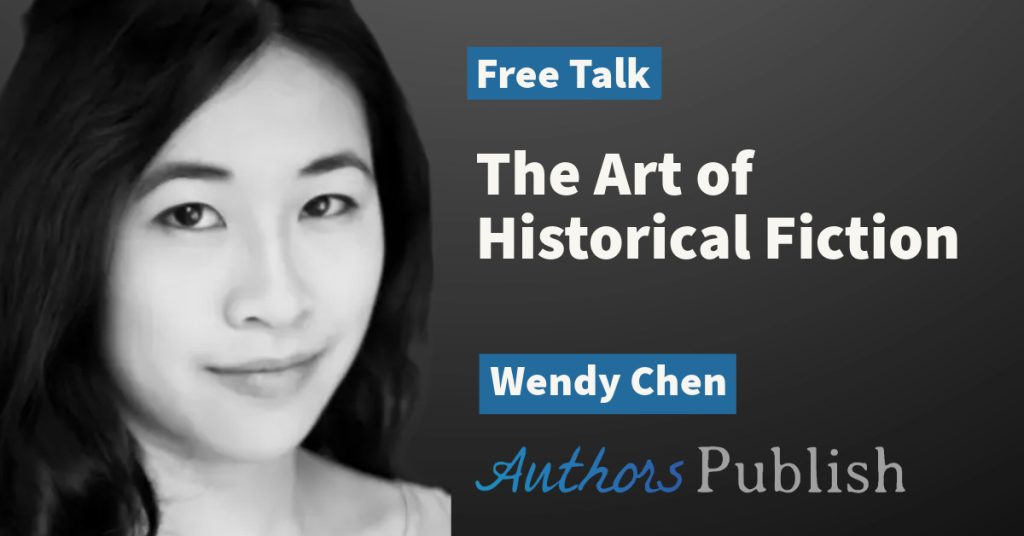Self-publishing has never been easier for a writer. Today, becoming a published writer is as easy as a simple click. Writers, however, must never forget that books are products that readers pay for – and a paying market demands a high quality, value-for-money product. Before self-publishing or querying a book, writers should ensure that their book is properly edited. Writers are advised to work with professional editors as it is difficult for the writer to spot their own errors as they already understand what the manuscript is trying to convey. Overlooking errors in grammar are not only embarrassing for a writer but are also confusing to the reader as it tends to interrupt the flow of the story.
Proper edits, in today’s competitive publishing industry, refers to a manuscript that has been edited for the following:
• Content / developmental edits,
• Line / copy edits and,
• Proof reading (Spelling and grammar errors).
While beta reader are helpful there is no guarantee that they are experienced enough (unless a writer is really lucky to have an experienced editor as a beta reader) to cover the three crucial edits a manuscript may need. Each of the above types of edits is individually explained next.
Content / Developmental Edits
Developmental editing refers to the art and craft of storytelling and the structure of the story. According to editor, Jayne Wolf (Wolf-Ross Editing), a content or developmental edit is not a line edit with in-line comments – instead it looks at the story as “big picture” to determine if the smaller story elements (sub-plots, supporting characters) contribute to the overall “big picture.” Editor Alan Rinzler explains on his website that content edits look specifically at the following elements of the manuscript:
• The core intentions and ultimate goal of the book.
• The underlying premise of the book.
• The story and character development.
• The use of dialogue and sensory description and,
• The suitability of the pace and style to the genre of the book.
A developmental edit usually means that the writer may have to re-write certain scenes, re-arrange some scenes, delete certain scenes and possibly write new scenes.
Line / Copy Editing
Line edits deals with the paragraph structure, sentence flow, word choice and the type of language that is used. Line edits will also address issues such as the writer’s voice, the writing style, syntax and, readability of the story. Fiction editors also look for issues such as showing versus telling. Most line edits are done by editors in-line. Editors use track changes and comments in Microsoft Word for in-line edits. The manuscript is scrutinized on a technical level to ensure that the manuscript adheres to certain rules such as the proper use of commas, word preferences, preferred spelling of certain words or the use of numbers. Line editing is usually done using a style sheet. For example, an editor may use the Chicago manual style sheet and the writer would then have to follow the writing rules as stipulated in the Chicago manual guide such as the use of Em dashes versus the use of hyphens. Or a manuscript may have words spelled according to UK English instead of US English. The writer may choose the writing style according to the market if he / she is self-publishing or follow the submission guidelines of a publisher / literary agent if he / she is querying a manuscript.
Proofreading
Proofreading is usually done after content / developmental edits and, line edits. A proof read reveals typographical and mechanical errors. Corrections are made to unsuitable or awkward words and issues such as unnecessary page breaks. Proofreading edits consist of minor changes such as spelling errors, extra or missing spaces. Again, like line editing, writers may possibly miss proofreading errors because they are too close to the manuscript. The proofreading stage is the last stage of edits before a manuscript goes to publication.
Remember that content editing and line editing are the main types of editing as they deal with the bigger picture and focus whether or not the writing pushes the story forward. Manuscripts require all three types of edits before it is ready for publication.
Bio Sheritha Singh writes erotic fiction under the pseudonym Lace Higgins. She was previously published by Breathless Press but now publishes her own work online here. Sheritha writes between studying, working as a lecturer at a community college, dreaming, eating and pretty much indulging in anything creative. Sheritha loves hearing from fans. Please tweet @Shersinghzn.




